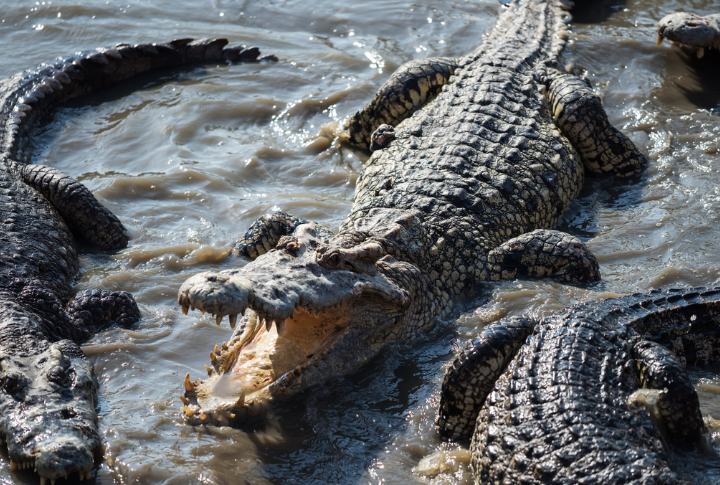
The Florida Everglades has a remarkable wildlife array. While its breathtaking beauty and unique habitats draw countless visitors yearly, the Everglades also harbors numerous dangerous animals. The region’s powerful predators, venomous creatures, and other hazardous animals require visitors to tread cautiously. Here are 15 dangerous animals in the Florida Everglades.
American Alligator
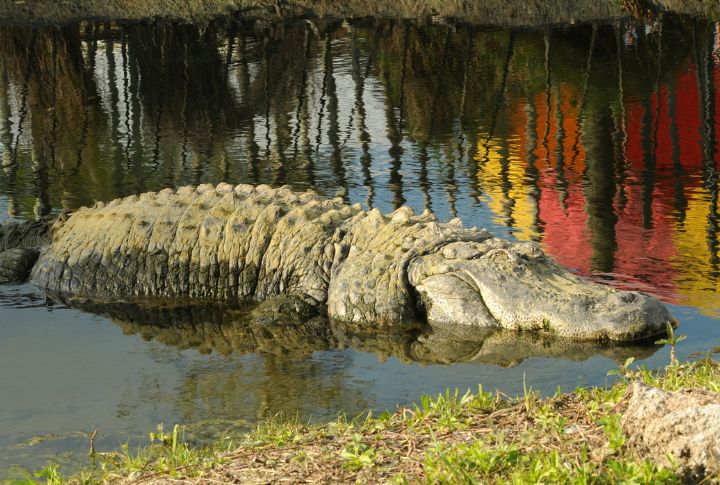
Based in freshwater environments, the American alligator has a powerful bite and can grow up to 15 feet long. They are apex predators and can pose a threat to humans, especially when provoked. Human-alligator conflicts are common, and Florida has reported several deaths.
Eastern Diamondback Rattlesnake
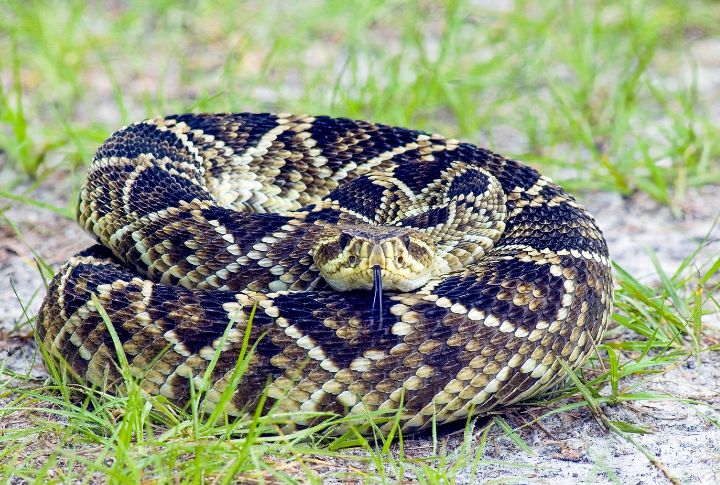
The crown for North America’s heaviest and longest venomous snake goes to the Eastern Diamondback. Its bite can be fatal without prompt medical treatment, as its venom can kill red blood cells and damage tissues.
American Crocodile
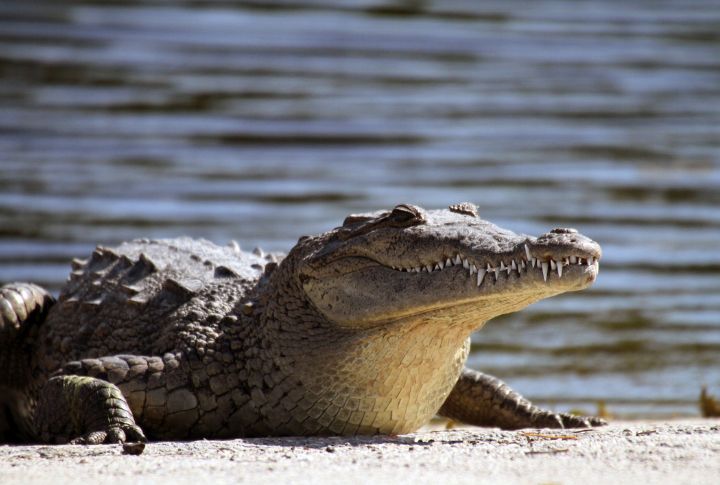
Unlike the alligator, American crocodiles prefer brackish and saltwater habitats. They are possibly more hostile and dangerous, and these traits worsen during mating season.
Cottonmouth (Water Moccasin)
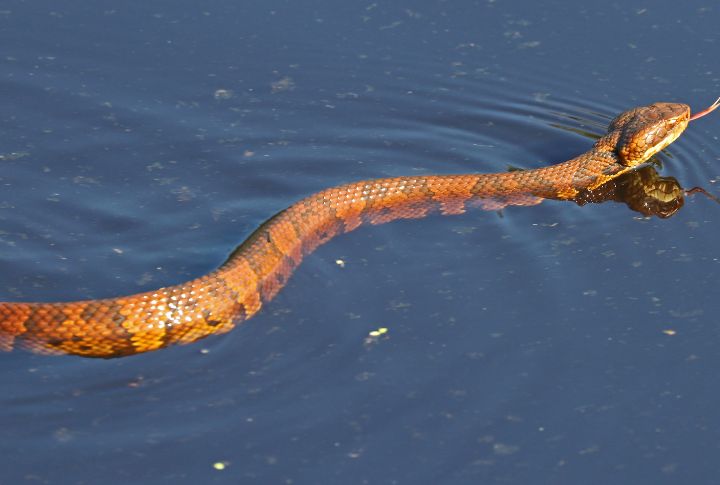
Cottonmouths are not confrontational, and their venom may not be as poisonous as expected. They are known for their defensive behavior but will attack if you accidentally step on them. Their bite can cause immediate severe pain and quick swelling.
Florida Panther
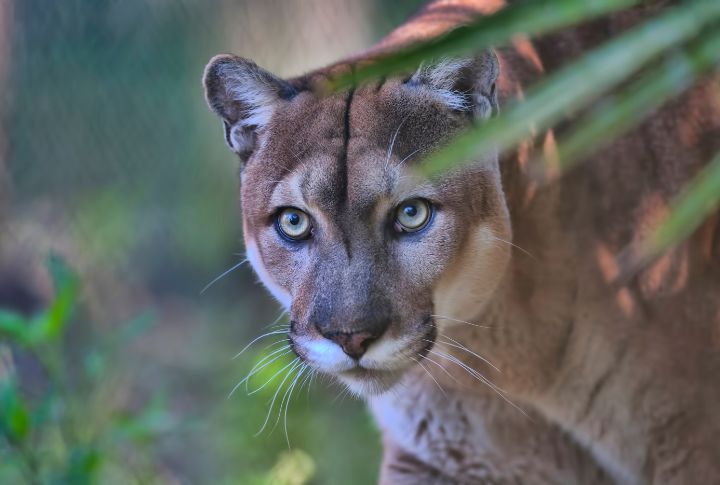
Although elusive and rarely seen, Florida panthers are skilled hunters and carnivores. To escape injuries or fatality from an encounter with them, fight back instead of running. These animals will leave you if they don’t see you as prey but as a threat.
Wild Boar
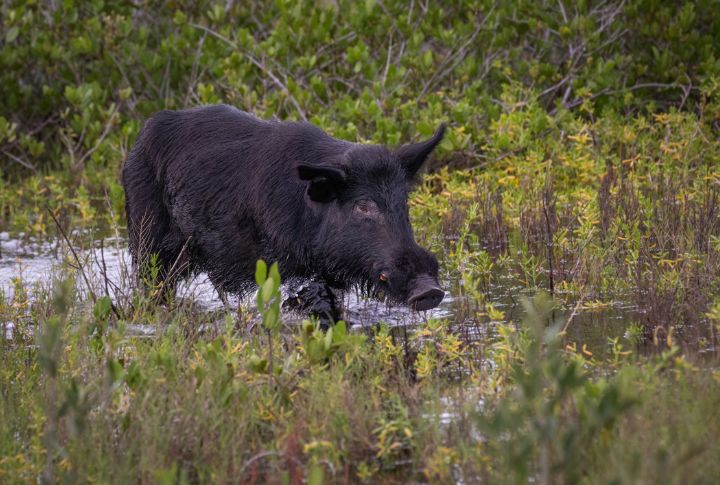
On a normal day, wild hogs shouldn’t be a problem for humans, but they are belligerent and unpredictable and could be a problem in certain situations. Most of them will run from humans, but some, especially females protecting their young, will attack when provoked or threatened.
Black Bear

Black bears in the Everglades are generally shy. However, they can become dangerous if they feel threatened or if humans encroach on their territory. Keep a 300-foot distance from them, and don’t walk silently so that your presence around them is announced.
Mosquitoes

These tiny—and annoying—insects can transmit diseases such as West Nile Virus and Dengue Fever. Their bites can bring about severe itching and discomfort. Mosquitoes attack humans, dogs, horses, and other animals.
Bull Shark
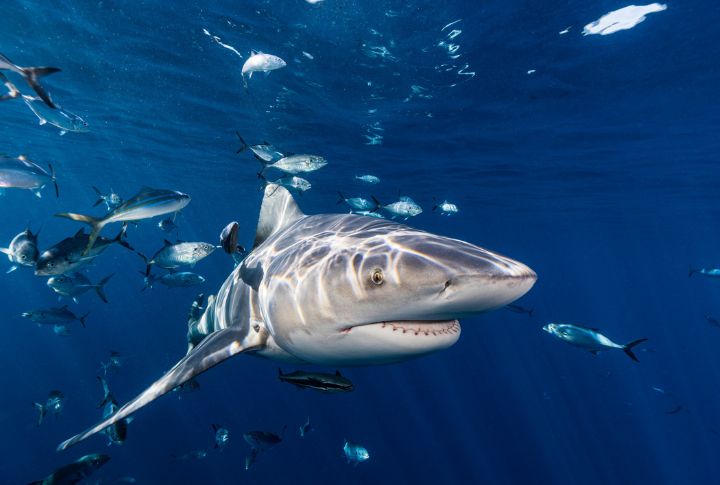
Bull sharks live primarily in saltwater but are also found in freshwater. They are aggressive towards humans and prefer shallow waters and estuaries, which makes them more likely to come into contact with humans, contributing to their reputation as dangerous sharks.
Green Anaconda
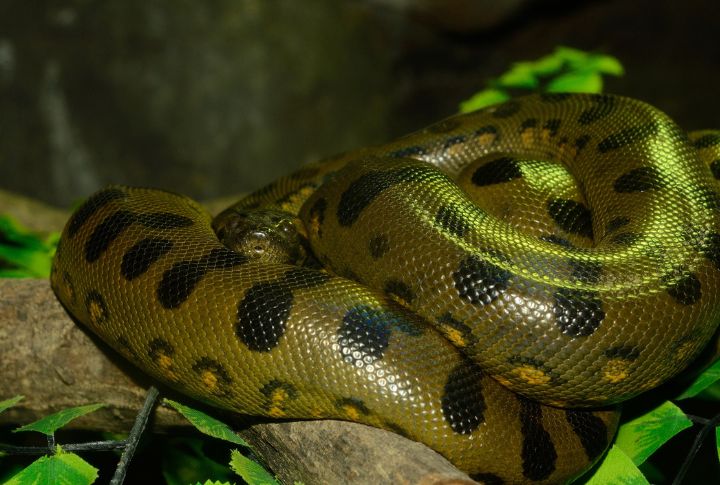
Although not native, green anacondas—the largest snakes in the world — have been found in the Everglades. They can constrict and overpower large prey, making them dangerous even to humans.
Black Widow
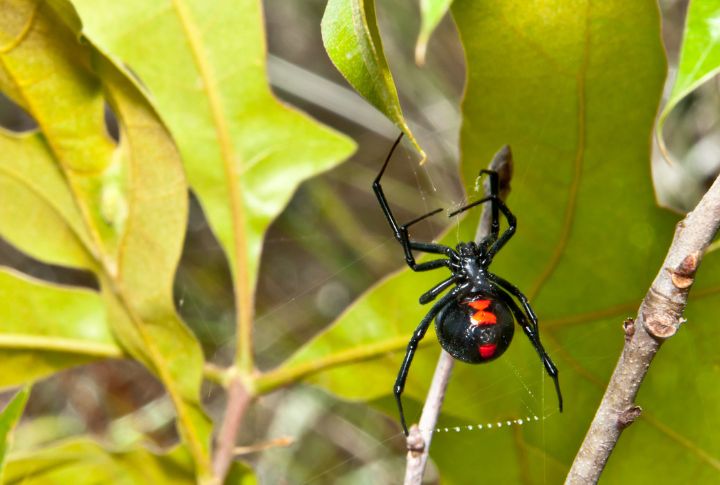
The black widow’s venom is neurotoxic and can lead to severe pain, cramps, and other symptoms. Their bites are not usually fatal, but they require quick medical attention. The people who should be most protected from them are infants, seniors, and people with weak immune systems.
Brown Recluse Spider

Though not aggressive, the brown recluse is one of the most poisonous spiders in the area. Its bite can cause tissue damage and requires immediate medical attention. Although its bites may not be harmful in some cases, they should be avoided completely to avoid unnecessary risk.
Eastern Coral Snake
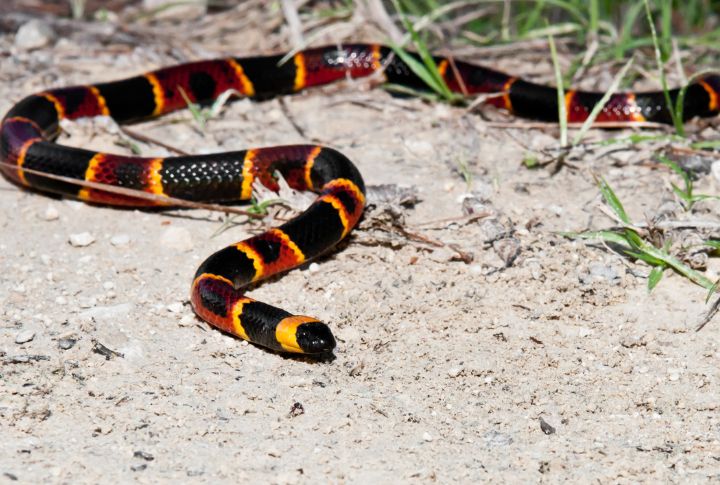
The Eastern coral snake, recognizable by its striking color pattern, has highly potent venom. Although generally shy, a bite can be fatal if not treated promptly. Venom from the snake can block acetylcholine and hinder muscle activation.
Burmese Python
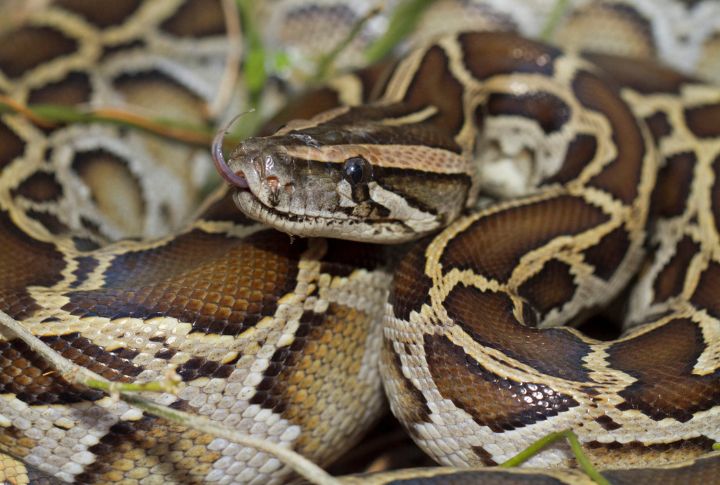
Living within and around the Everglades, the Burmese python—which can grow over 20 feet long—has disrupted the local ecosystem. Because of its size and strength, it threatens native wildlife and can be dangerous to humans.
Copperhead
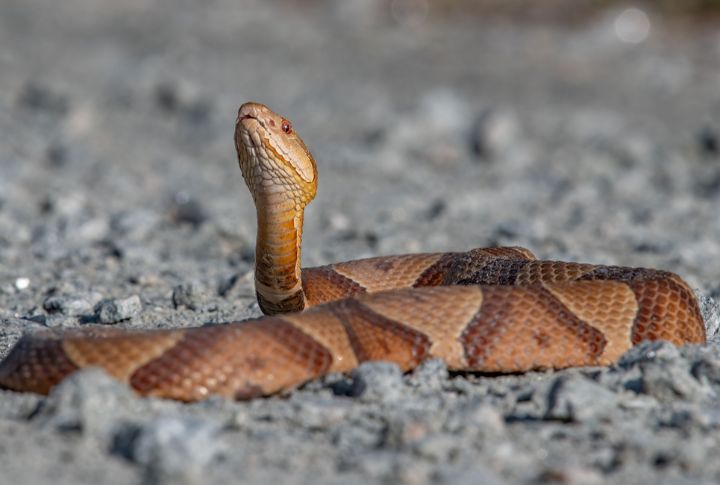
They are generally not aggressive and often “freeze” to avoid detection or deliver a warning bite rather than injecting venom. The bite of this venomous snake can cause redness, pain, bleeding, blistering, and other symptoms. Sometimes, there are no symptoms, but that doesn’t mean death isn’t a risk associated with them.

Comments
Loading…